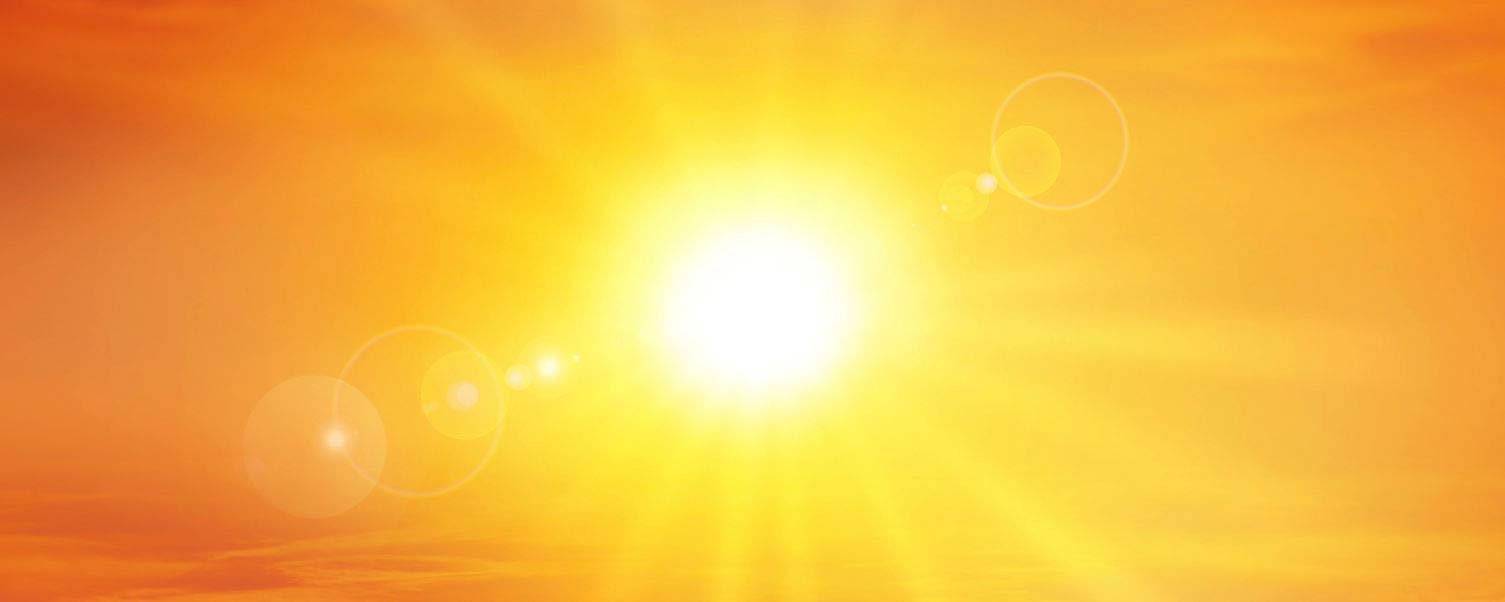Folk wisdom has long informed us that light helps alleviate the symptoms of depression. It also helps relieve stress and anxiety. Today, scientists are demonstrating via quantitative and qualitative research that the old remedies are based on reality. Light truly does help banish the blues.In fact, some studies in Canada recently compared depressed patients who were randomly assigned either a chemical antidepressant or to light therapy in the form of a light box. Alleviation of symptoms was essentially the same, with the light therapy patients having a slightly faster response in the first week of therapy than the medicated patients. Imagine – alleviation of symptoms without the side effects and risk of medication. And sunshine is free!
Lethargics are to be laid in the light and exposed to the rays of the sun (for the disease is gloom).
– Aretaeus
Of course, we are not recommending that you stop taking medication and instead start obsessively sunbathing. We offer this information only for you to evaluate and consider adding light to your stress-fighting arsenal. If you do decide to stop taking medication, remember that antidepressant and anti-anxiety medications are extremely powerful. Because of their severe and frequently dangerous withdrawal symptoms, stopping them is best done under a physician’s strict guidance.
How Does Light Work to Relieve Depression?
Humans have a pineal gland deep in our brains that synthesizes melatonin from serotonin. From this, our night and day cycle of sleeping and waking, as well as the manufacturing and circulating of other hormones, is governed. The pineal gland responds to the effects of sunlight.
Typically, melatonin levels are low in the daytime and rise at night. Scientists have associated the production of melatonin with changes in circadian rhythms, a daily cycle of biological activity based on a 24-hour period and influenced by regular variations in the environment such as the alternation of night and day. Some studies have emerged that credit melatonin as having beneficial properties for the body and the regulation of circadian rhythms in folks who experience significant time changes due to distance travel or who work rotating shifts at their jobs.
There are also studies that demonstrate that serotonin levels are affected by light. In a nutshell, serotonin is critical in the synapse chemistry between neurons, or how nerve cells communicate impulses. Scientists have long known that low serotonin levels contribute to, or at least are coincident to, depression. What is also known is that low serotonin levels frequently lead to food cravings for carbohydrates, which explains the weight gain often associated with depression. Increased exposure to light increases serotonin levels and may reduce carbohydrate cravings.
Our eyes not only deliver visual images, they deliver other types of information as well, through the processing of light rays and energy. And this information is part of what regulates our hormone production levels. While we might not respond to light as dramatically as the plant kingdom does, we cannot underestimate our need for it as a powerful healing source of nourishment.
How Much Light Is Enough?
We all have friends who are ‘solar powered.’ They do best in sunny climates like Southern California and the Mediterranean, and say disparaging things about places that receive a lot of rainfall, like England and the Northwest Coast of the US. And then there are some of us who like nothing better than a good rainy day – or week or month. Clearly the need for sunlight and light in general, is highly individual.
With respect to depression, stress, and anxiety, the studies to date don’t make a great distinction as to whether the source of light used in therapy is natural or artificial. And for artificial light, there is not much discussion between incandescent or fluorescent. However, the amount of light that reaches the eyes in a parlor at night, versus outside on a sunny day, is quite different.
The scientists who describe the use of manufactured “light boxes” for quantified study of light on depression, use the term ‘lux’ as a unit of measure. This measured light therapy, in which the subject sits in front of a light- emitting box, uses on the average ten thousand lux. This is ten times brighter than normal room lights, but still less than the sunshine experienced at the beach on a sunny day. You can decide just how much of which kinds of light works for you.
Another interesting aspect is this: light’s effects seem to only occur if the light source is above or at face level, not below. Does this have to do with the pineal gland and with the absorption of light through the eyes? No one seems to yet know.
What we do know is this: light makes you feel better. It can improve your mood, your outlook, and your energy levels.
Just Do It!
Let’s get out into the sunshine and move our bodies. Or, if you are in the grips of a deep depression and getting out seems overwhelming, open up the drapes to your bedroom, and let the sun wash over your face as you lie in bed. Lie on the living room floor in front of a sunny window and listen to some great music. Just get in the light!
Caveats
It goes without saying that when you are out in the sunlight, be certain not to overdo it. Protect your eyes from the harmful spectrums by wearing good sunglasses(choose sunglasses that block 99 to 100 percent of UV rays because they protect eyes from both UVA and more harmful UVB rays), and/or a head visor. If your skin is fair and prone to burning, cover up! And stay hydrated to avoid heat stroke or other problems from overexposure.
Light gives of itself freely, filling all available space. It does not seek anything in return; it asks not whether you are friend or foe. It gives of itself and is not thereby diminished.
-Michael Strassfeld
